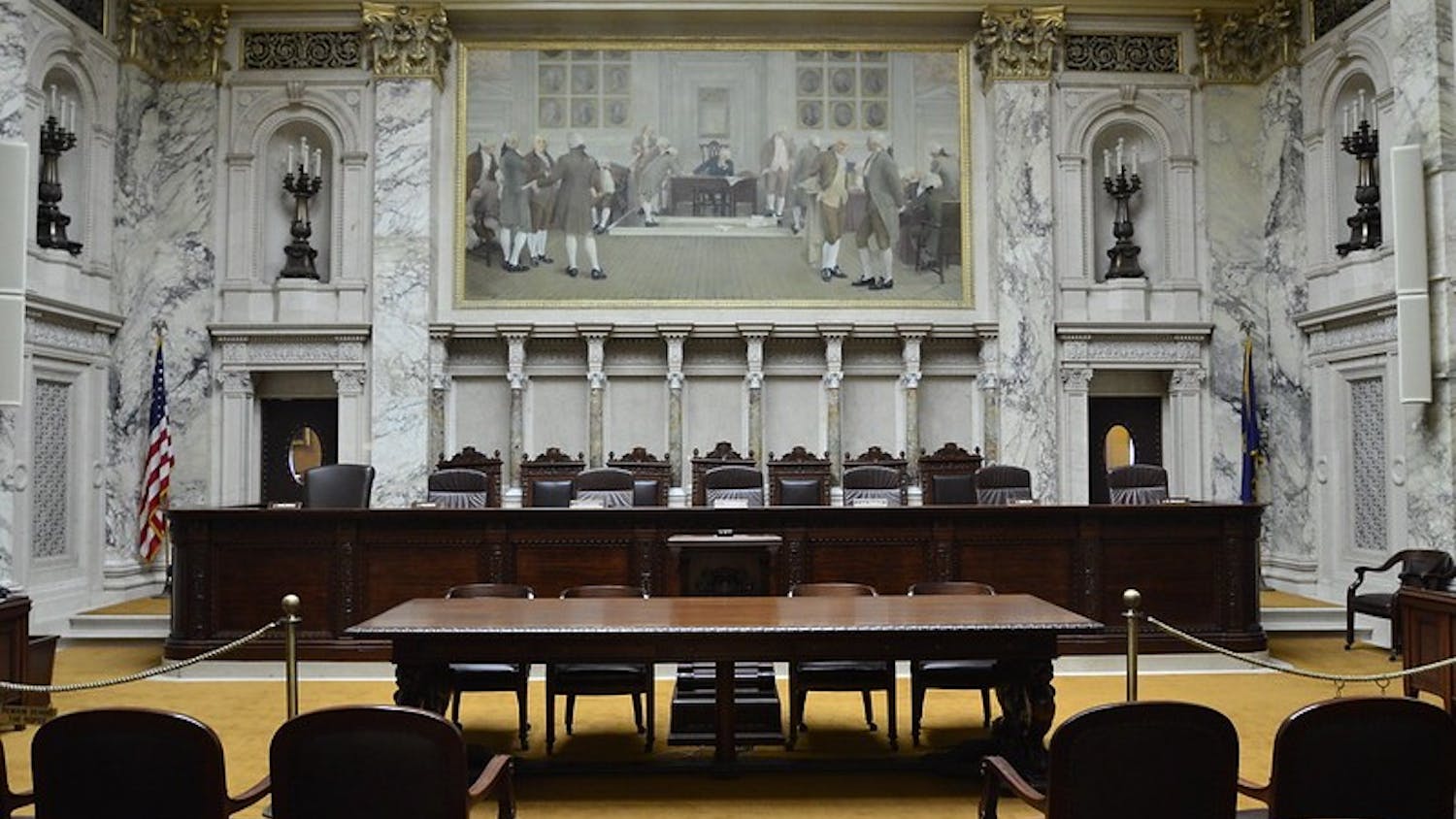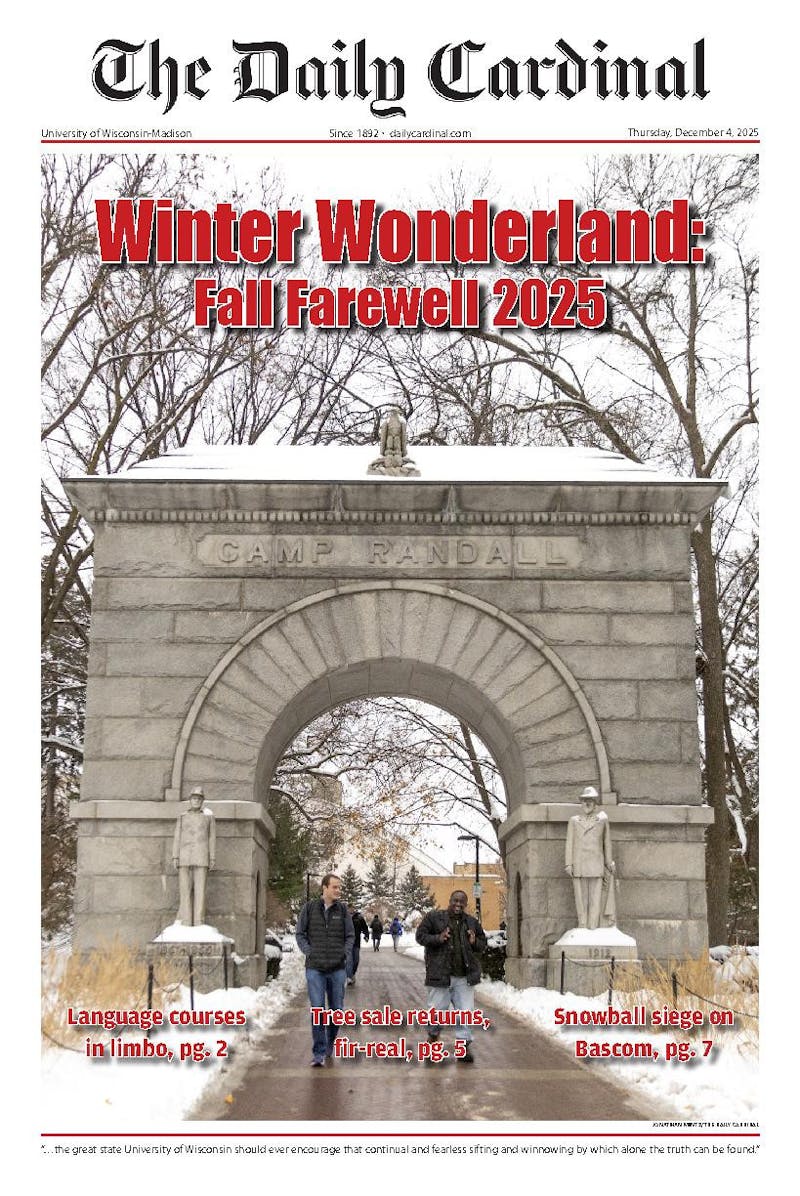Every year NCAA basketball's Selection Sunday serves to elate teams across the country while at the same time depressing others. For teams \on the bubble,"" this day can be filled with anxiety and uncertainty. Adding to the problems for fans and players alike, is the fact that most are ignorant of the process that seeds the 65 teams.
The process is one that even Selection Committee members say is overly confusing. Foremost, among their criteria are things like the Ratings Percentage Index, conference standings, road victories and wins against top rated teams.
The RPI is frequently referenced but rarely explained. It is a number that is factored from three things: winning percentage (25 percent), opponents' winning percentages (50 percent) and opponents' opponents winning percentages (25 percent).
The complicated part of the RPI lies in what is given precedence. In this way, teams like Creighton (24-3) suffer for weak strength of schedule and are rated behind major-conference squads like Wisconsin (19-6), who benefit from frequently playing the nation's elite.
The final 25 percent of a team's RPI is taken from the opponents' opponents winning percentages, completing a system of checks and balances made to insure that a team's record is indicative of its talent.
The problem with the selection committee's large emphasis on RPI is that many do not agree that the final numbers accurately represent the best teams. This is where poll rankings enter into the picture.
So as to not decide the NCAA Tournament through mathematics, like the Bowl Championship Series of college football, much attention is paid to the AP and ESPN/USA Today polls. Though teams in the Top 25 typically do not have much trouble making it to March Madness, the final rankings generally reflect the seedings.
Also, since every game in the NCAA Tournament will be played on a neutral court, the committee closely scrutinizes road record. The powers-that-be in the NCAA do not want to see teams in their tournament whose records were greatly influenced by a strong homecourt advantage. The selection committee desires teams who can entertain audiences on the road as much as at home.
Related to the RPI is the emphasis of wins over Top 50 teams. A knock on many teams is that they put up victories, but cannot win against a ranked team. Since the NCAA committee desires a competitive tournament and knows that first-week upsets are among the most treasured parts of March Madness, teams that cannot win against the best stand at a disadvantage on Selection Sunday.
The committee's decision to look at a team's performance in their final 10 games has come under much criticism, but remains a part of the selection criteria. The reason for this is to limit the number of schools who enter March on cold streaks. For example, Purdue's terrific start would be affected by its lackluster play towards the end of their schedule.
Even though the members of the Selection Committee agree that their decision process could be simplified, the current system is not without its positives. Regardless of which team's bubble is burst, it cannot be denied that Selection Sunday and the NCAA Tournament still remains one of the most exciting times of the sports year.





